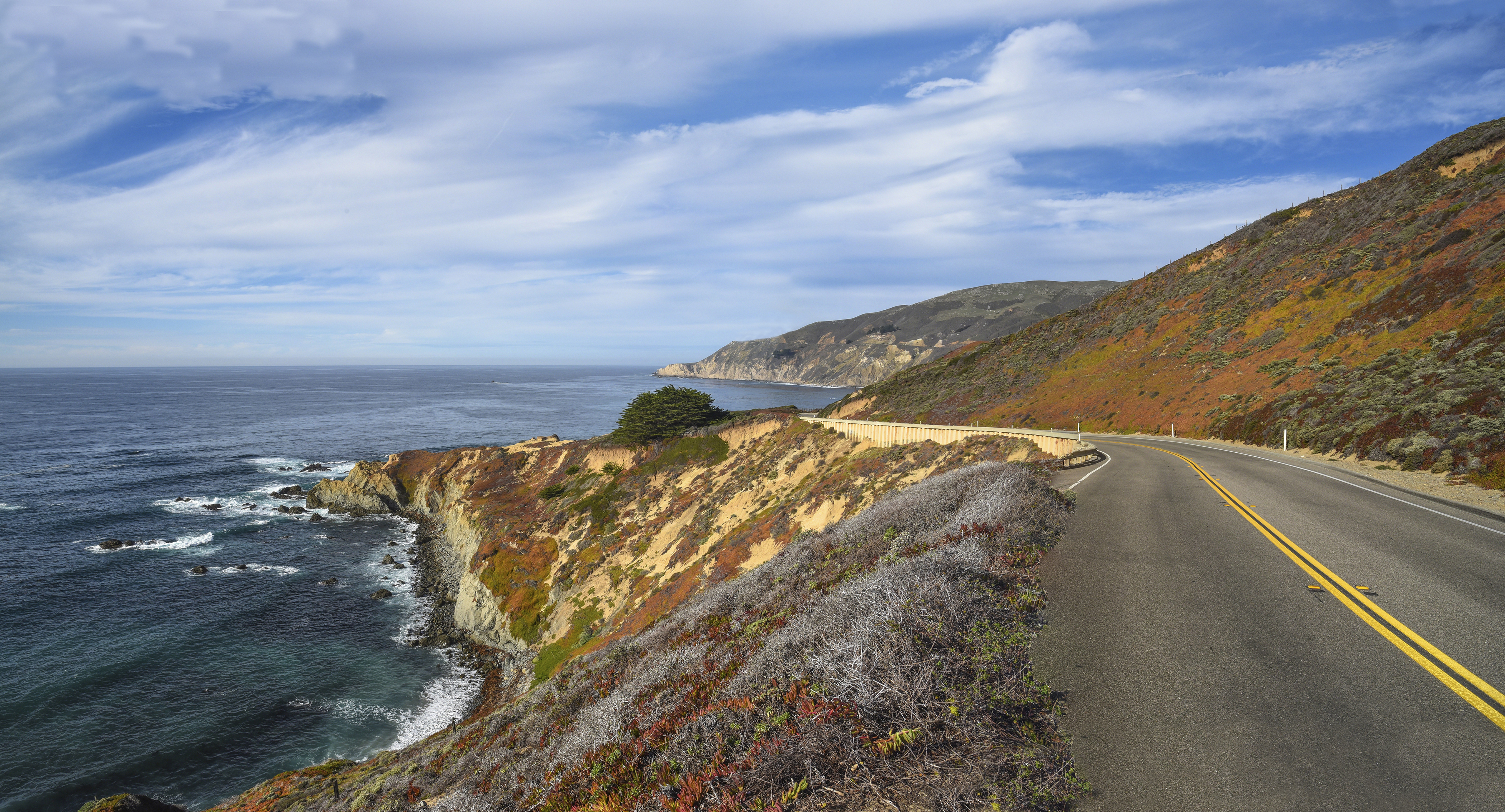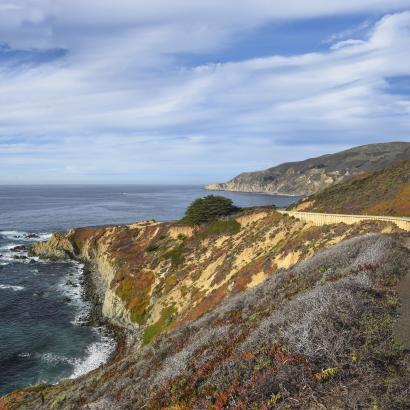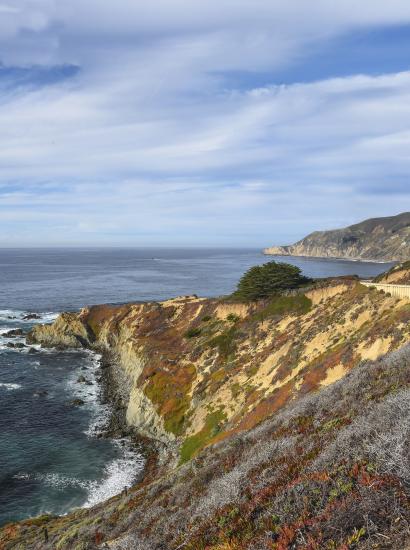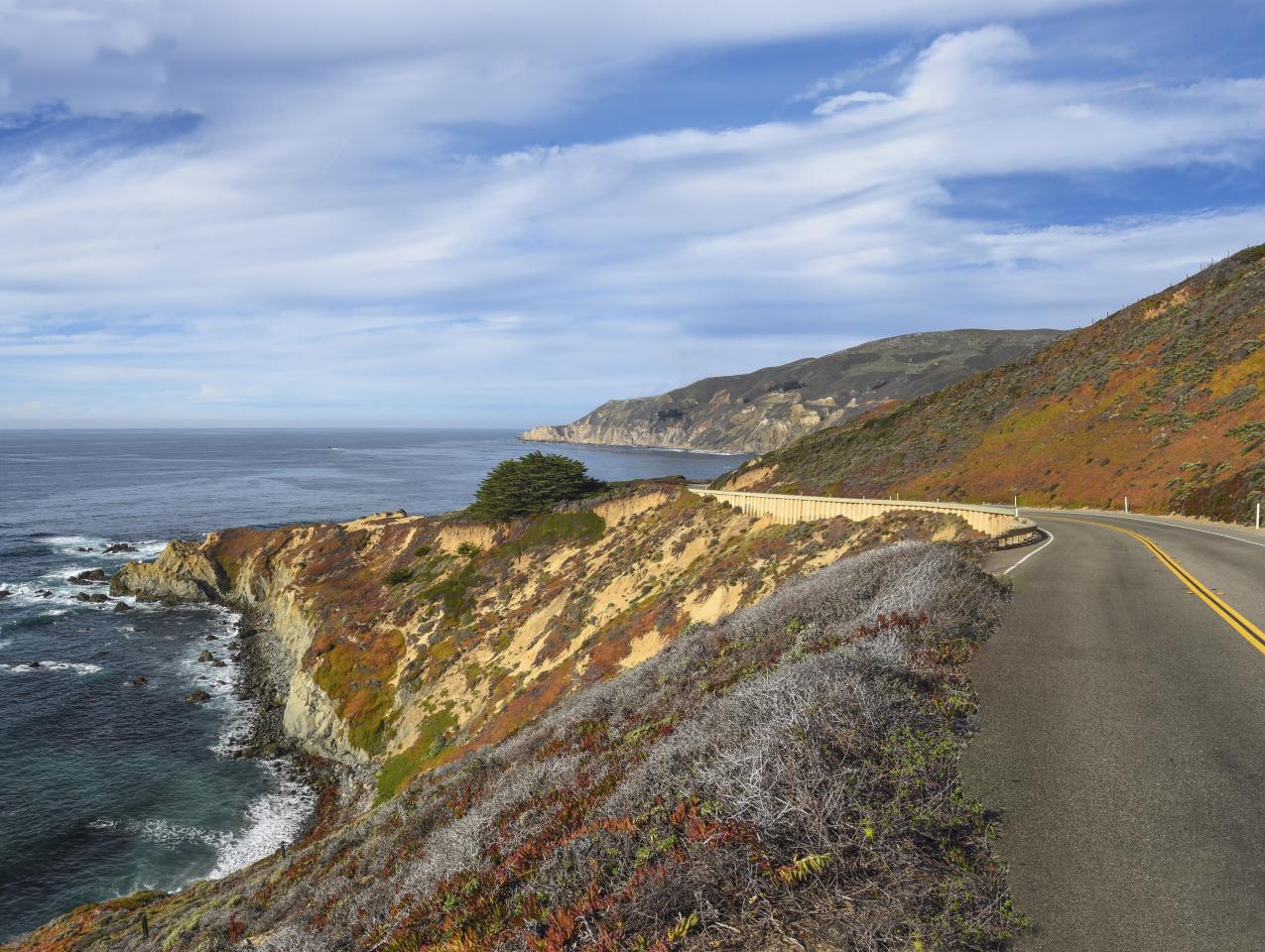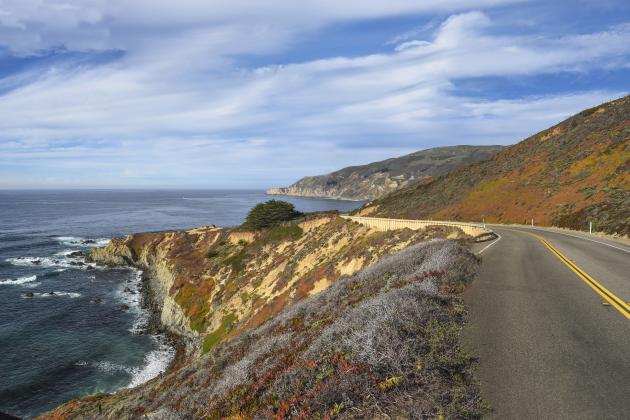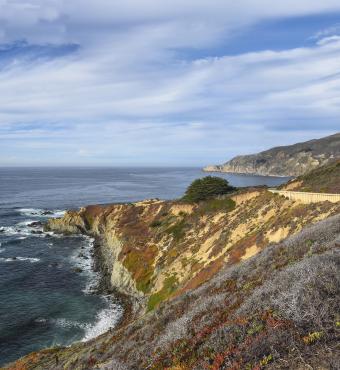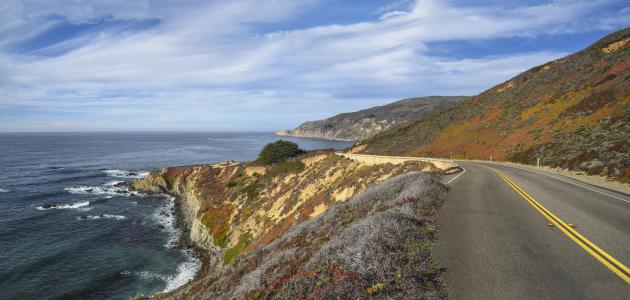- Energy & Environment
- Politics, Institutions, and Public Opinion
- State & Local
- California
Coming from the “big sky country” of Montana where beautiful views are common around every bend in the road, I am still impressed by the green hills overlooking Point Reyes, the coastal cliffs plunging into the Pacific at Big Sur, and the vistas at San Simeon once enjoyed by Randolph Hearst. How can California, with a population of nearly 40 million and land values among the highest in the country, maintain so much open space?
The answer in three letters is the CCC—the California Coastal Commission. Established by the California Coastal Act in 1976, the commission has spent 40 years preserving the views I enjoy. It does this by redistributing property rights from coastal landowners to those of us who bear none of the cost of maintaining open space. In some – perhaps most – cases the redistribution enhances the wealth of other coastal homeowners by dictating that nearby property cannot be developed or, if it is, by wrapping projects in red tape and then restricting building location, height, width, and construction materials. Put simply, the CCC redistributes property rights in what New Zealanders call a “lolly scramble,” a children’s party game in which the candy is tossed on the floor and kids scramble to get it while they can before others do. The CCC’s lolly scramble is made worse, however, by the fact that the lollies are continually up for grabs in the commission’s ever changing regulatory game.
At its inception, the CCC’s task was to regulate development if it caused, “any change in the intensity or density of land use.” This could reasonably mean limiting home building on unstable cliffs in the interest of public safety or maintaining unique natural beaches for future generations. But it did not take long for the reach of CCC regulation to expand.
The over-reach of the CCC took a giant leap forward with the case of Nollan v. California Coastal Commission (1987), and fortunately it failed. The Nollan family wanted to tear down a dilapidated bungalow and replace it with a three-story home in Ventura County. The CCC conditioned approval of the building permit, however, by requiring that the Nollans grant a public easement for a strip of their beachfront to allow public access. The CCC argued that the house would prevent the public “psychologically from realizing a stretch of coastline which exists nearby that they have every right [as provided by the California Constitution] to visit.” The Nollans won in the Superior Court with the judge saying the CCC could impose the condition only if it showed that “the proposed development would have an adverse impact on public access,” which it did not. Ultimately the case made it to the U.S. Supreme Court where the late Justice Antonin Scalia called the permit requirement “an out-and-out plan of extortion.”
Despite this early legal setback, the “extortion” has continued and gotten worse as the CCC has encroached on what should be local issues resolved by neighbors. For example, consider the question of who gets to surf which waves. Yes, that is something the CCC has taken under its purview on the grounds that increased competition for “surf breaks,” as they are called, constitutes a “change in the intensity or density of land use.” Use of surf breaks could be subject to the “tragedy of the commons,” meaning that surfers would race to catch waves and in the process interfere with another’s enjoyment of the break.
The potential for such interference might be a reason for government intervention, but in example after example, economists and political scientists have documented how local groups create rules for preventing the tragedy of the commons. Just as cattlemen’s associations established rights to grazing territories on the western frontier long before the government sanctioned homesteading, “surfer gangs” have created local rules for determining who gets to use the best waves, usually local surfers who are better than others.
Like all rules, however, those regulating the use of surf breaks require enforcement often in the form of verbal reprimands or even physical sanctions (e.g. interfering with non-local riders considered interlopers). Despite the rules created by surfer customs and culture, the CCC intervened in a surfing dispute contending that verbal and physical interference to allocate the use of surf breaks constituted “development” and required a coastal development permit to determine the use of waves. The upshot of the surfing example is that top-down CCC regulation became a heavy-handed substitute for a bottom-up solution.
Another example going beyond what a reasonable person might call development is a CCC regulation that required a landowner wanting to put cows in a previously ungrazed field to obtain a permit. Again the CCC “rationale” was that the grazing constituted a “change in the intensity or density of land use.” As with the surfing example, cattle grazing is a local issue involving long-standing agricultural uses and community values. If neighbors found the grazing offensive, they had the option of consulting with the landowner to find a win-win solution rather than relying on the CCC to take the landowner’s property rights through regulatory procedures.
Many of the CCC regulations could have been handled with far less acrimony and bureaucratic red tape by local people clarifying property rights and negotiating over the use of those rights. The Nollan case shines as a beacon for how such issues could be resolved if only the CCC would clarify property rights rather than redistribute them. Because beach access is subject to the “tragedy of the commons,” meaning there is crowding, littering, and general competition for use, coastal landowners would have an incentive to limit access, perhaps with courtesy, customary rules, or even pay booths. This would increase the value of California beaches. Come to think about it, this is precisely what the state has had to do to with its user fees and limits on beach access, but at a much higher costs.
Recently J. David Breemer, writing for the Pacific Legal Foundation’s blog, concluded that “The Commission needs to re-focus on truly state-wide problems or take a ‘mission accomplished’ victory lap and disband.” The latter is unlike to occur given the nature of bureaucracies, but the former provides a fruitful suggestion. If the CCC would focus on clarifying and strengthening private property rights to coastal land use and delegate more authority and responsibility to local entities, be they governmental or non-governmental (e.g. as surfing clubs or environmental groups), it could end the lolly scramble and encourage productive, private solutions to environmental conflicts. On its 40th anniversary, it is time to rein in the CCC by limiting its actions to public health and safety rather than perpetuating a childish game.

CALIFORNIA COASTAL COMMISSION
Established in 1972 by Proposition 20, the California Coastal Commission is a quasi-judicial-regulatory agency tasked with protecting, conserving, restoring, and enhancing California’s coastline via reviewing and permitting development. As defined by Proposition 20, development is that which changes the density or intensity of use of the land. The Commission consists of 12 voting members – four each appointed by the Governor, Senate Rules Committee, and Assembly Speaker – and Secretaries of the Resources and the Business and Transportation Agencies and the Chair of the State Lands Commission, who are non-voting members.







